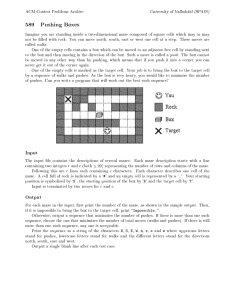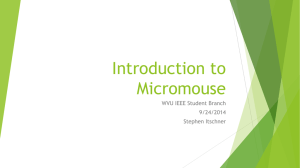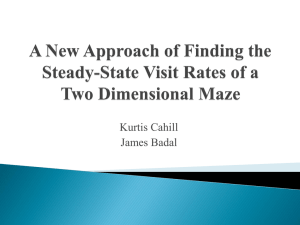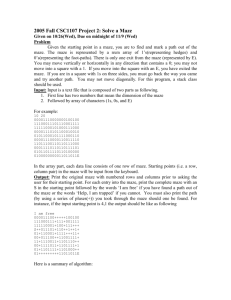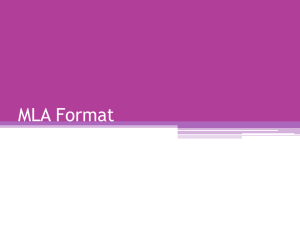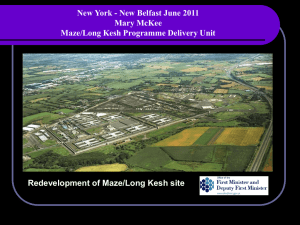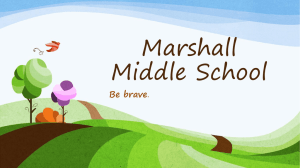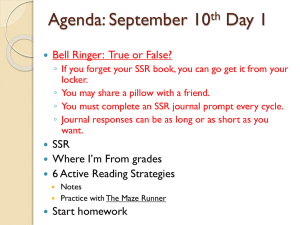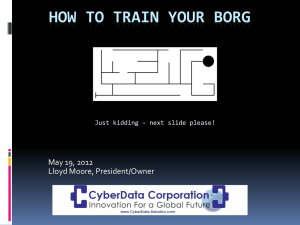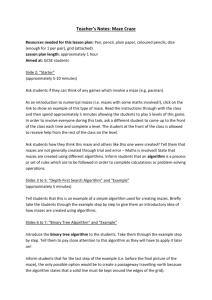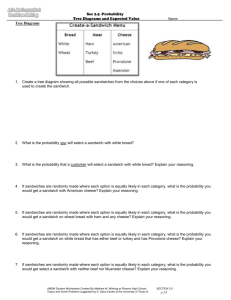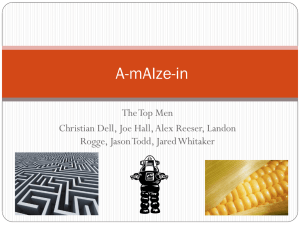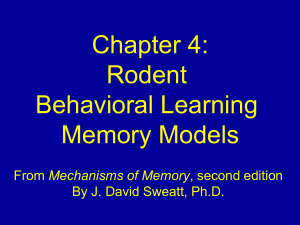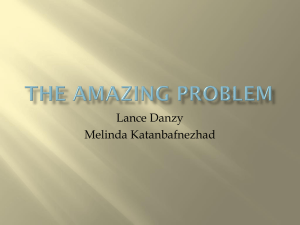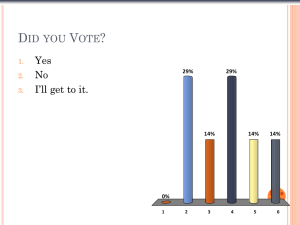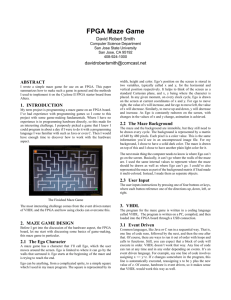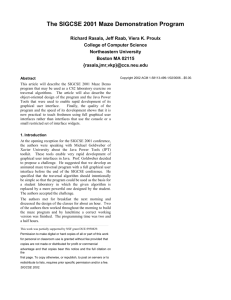Final_presentation_ the_Maze_of_Light
advertisement
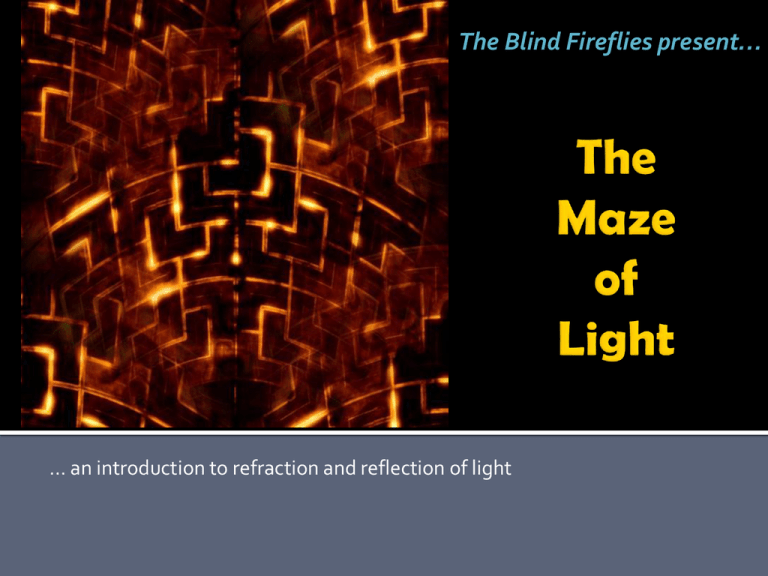
The Blind Fireflies present… … an introduction to refraction and reflection of light Light is a broad subject. We focus on: Reflection Refraction Dispersion Level Preschool Primary school Secondary school Ages 3 – 6 y/o 7 – 11 y/o 12 – 18 y/o Preschool Primary school Secondary school Have experience with the Maze Explain the Maze Build a Maze (optional) Know that light travels in a straight line (rays/beams) Know that light is reflected by mirrors Know that reflection has specific angles Calculate and predict reflection angles Know refraction Calculate with refraction Know the difference between light and darkness Understand the difference between light and darkness Know that light can be dispersed by prismatic tools (that light consists of several colours) Know that colours of light can be filtered Explain dispersion Use correct terminology on the topic of light The Maze can have variable size, small enough to be put on a table or that large, that it fits better on the ground, surrounded by pupils. The room should have dimmed lights. The Maze can be adapted to include angle meters around the knobs and switches for use in secondary school Torches white light Lasers monochromatic light Obstacles block any light Mirrors reflection Prisms dispersion Filters filter one colour of light (semi)transparent materials, like perspex refraction and reflection Discoballs and hamsters just for fun Setup the Maze in a corner of the classroom Let the pupils experiment with it in groups of 2 or 3. Let them experiment 15-30 minutes with a limited amount of guidance. Finally, do a circle talk about their experiences. Setup a large Maze somewhere in school Give the pupils assignments like: Use a torch, 2 mirrors and a prism and make window 1 light up red and window 3 blue. Don’t light anything else. Let them experiment with as many students at once as the Maze can support. Finally, discuss in class the correct solutions about their experiences. Use the assignments from primary school Explain the pupils the laws of reflection and refraction. Let them predict by calculation the settings needed to complete the assignments. Check their answers and explain any problems Optionally, some pupils could do a (research) project: They could build a Maze of Light Role of the teacher Leader and instructor Not dominant Available for questions Responsibilty goes to pupils Picture and perspective of science Science can be fun! Teamwork Social skills Science starts at young age Connection to society Use museums and experiment centers Go visit or arrange a guest speaker The “-ism”s Essentialism and Progressivism recommended Depending on teacher: possibly reconstructivism and/or perennialism The use of ICT Simulation Games Make a computer simulator Build a Maze with multiple levels Adapt the Maze to teach shadows and silhouets We would like to thank you all for a wonderfull two weeks!

